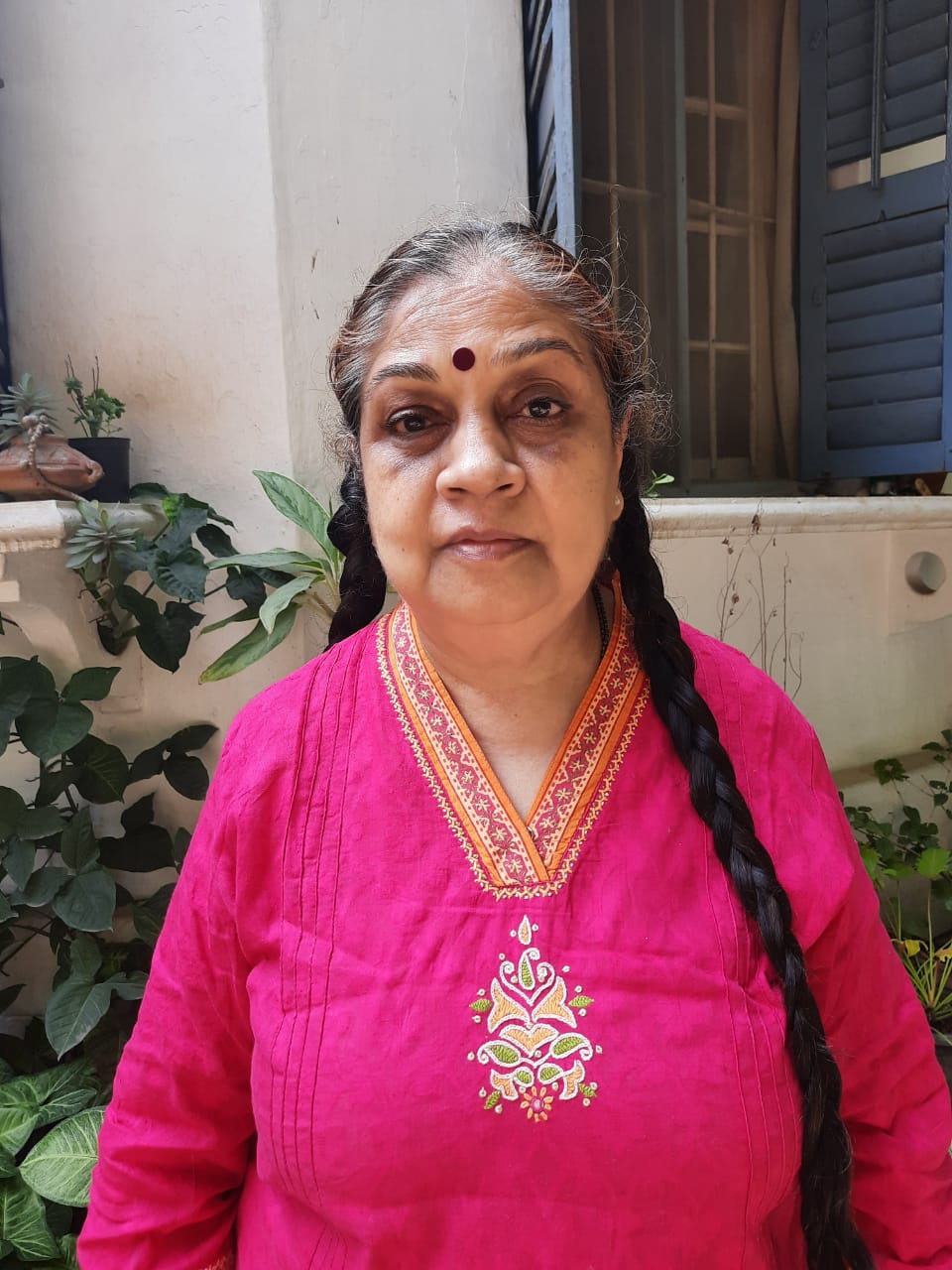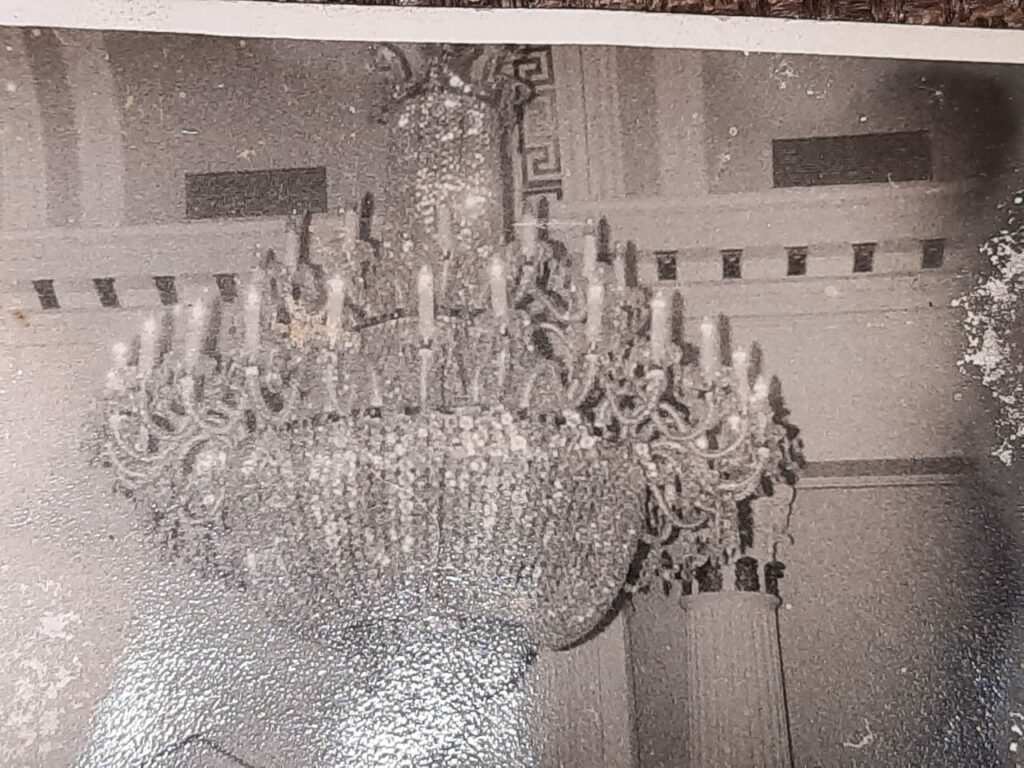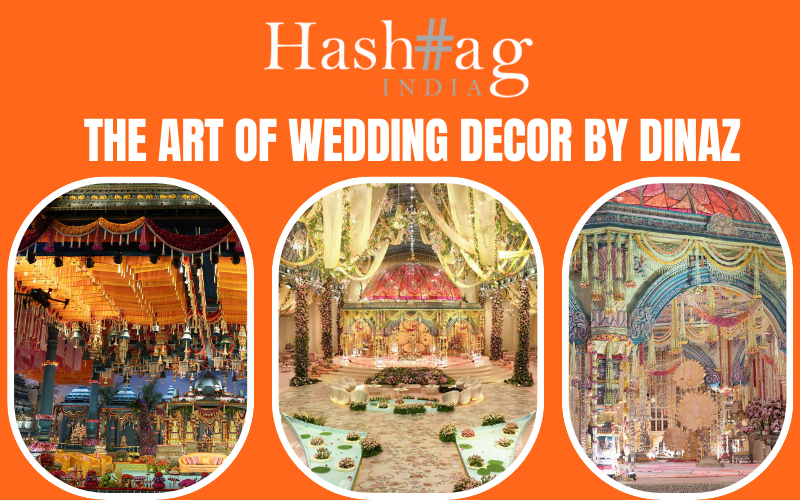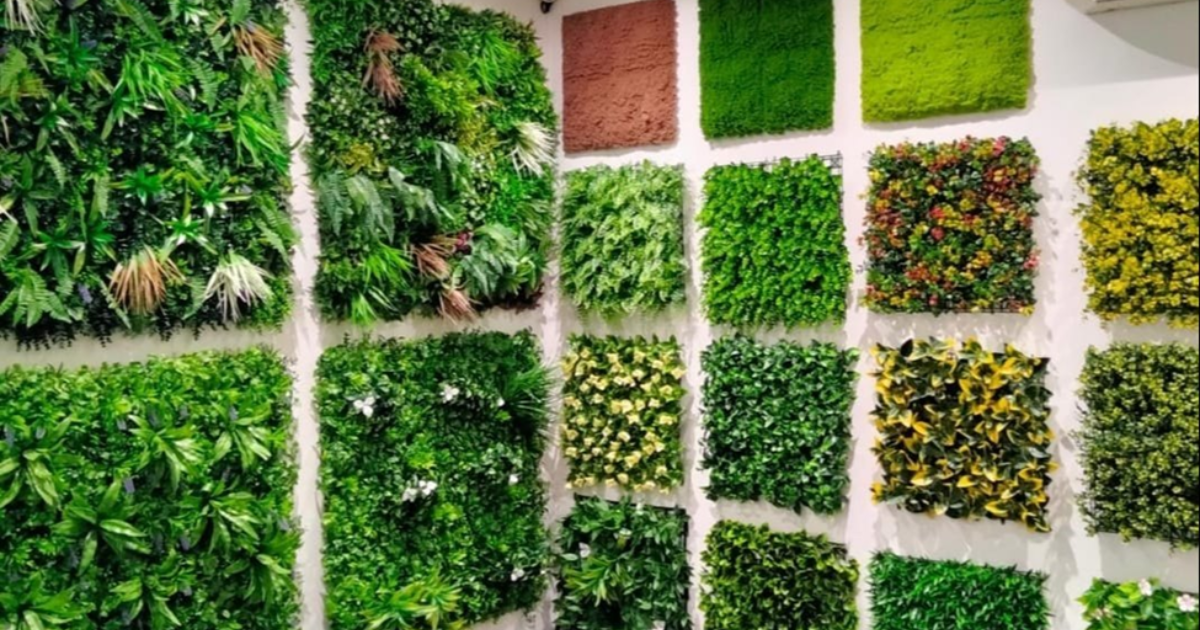There are very few who create chandeliers with love and Bela Patel is one amongst them. She carries the unique family legacy on her firm shoulders. Hashtag India, in a candid conversation with Bela Patel finds out what all it takes to restore and create a chandelier from scratch.
A young and enterprising housewife, Kundan Patel, started making chandeliers as a hobby and soon became a name to reckon with. The Patel family previously lived in Hyderabad. Kundan used to visit The Salar Jung Museum when family and friends from home visited them. Kundan’s first major order came from The Taj Mahal Hotel, Mumbai. The Crystal Room was done by Crystal Town. Then there was a call from Oberoi Sheraton. They wanted chandeliers for their banquet Hall. This was when Kundan with her husband Jagdish went to Firozabad, to make crystal glass for their chandeliers. Thus, the chandelier glass industry was started in India.
In fact, Prime Minister, Indira Gandhi visited one of the exhibitions held in Delhi. Soon the ITC group and other small hotels wanted chandeliers. From a housewife next door, she became the most sought-after lady for designing chandeliers. At the same time, she balanced home and work with perfection.
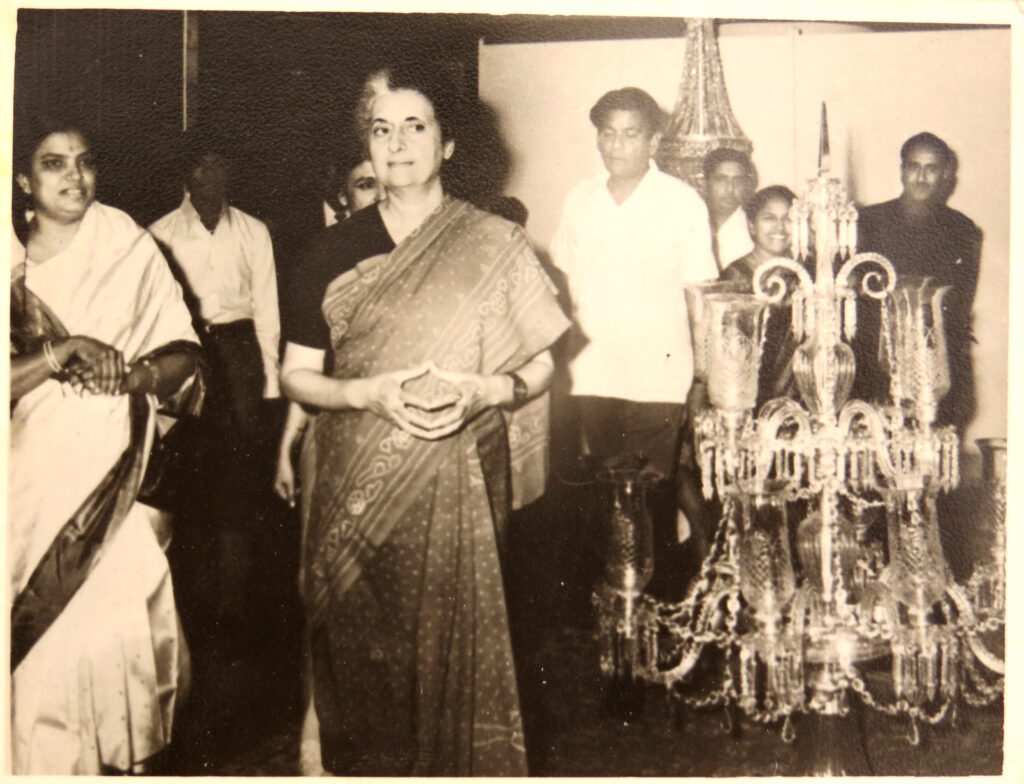
In some of her projects, her daughter and two sons accompanied her. At times, the children spent their evenings after school observing their parents at work.
Soon they started exporting chandeliers.
Kundan’s chandeliers hang in the main hall of the Governor’s residence in Hong Kong. In Saudi Arabia, The Oberoi Damam has a 14 ft square fixture with a 16 ft drop. It has been placed where sunlight washes over it and the sparkle of a myriad facets makes a glorious picture.
In 1994, an article on Kundan Patel’s work was published in the esteemed ‘Inside Outside’ magazine, by journalist Jeanne Roby.
By then Kundan had retired, but her daughter’s address in Bangalore was given for inquiry. Bela has been in Bangalore since 1979 after her marriage. Her two boys had grown up and were attending school. With the article getting published, people came in gushing about it and for inquiry.
That’s when Bela got support from her journalist friend, Snehalata Naidu who helped her organise an exhibition in Safina Plaza. There she got the right attention and big establishments started inviting her to work for them in both restoring vintage chandeliers and creating new ones. This was the beginning of her journey.
Chandeliers in Bangalore Club, Annexe Hall were designed and supplied by Crystal Town.
In 2000, Bela and her sons accompanied Kundan and Jagdish to restore the Chandelier in the Darbar Hall, Rashtrapati Bhavan.
“This was a challenging job. New glass was made according to the specification or samples given. All of us still remember how Kundan and Jagdish drove from Agra to Firozabad to check and get the glass quality that was in the original chandelier.”
Since 2007, Bela started working on her own, as her mother Kundan had to go to Gujrat. It was difficult for Bela to handle the work alone. But her husband and boys helped out, whenever they could.
The Auditorium, in INS VENDURATHY, Kochi has contemporary chandeliers designed by them.
Chandeliers by Crystal Town also adorn the entrance of the auditorium of IIM Lucknow, Noida Campus.
She also restored two big chandeliers at the Sawantwadi Rajwada which now occupies a place of pride in the Darbar hall in 2017. The work was so magnificent that Maharani Radhika Raje Gaekwad of the Laxmi Vilas Palace got the reference of Crystal Town from the royal family of Sawantwadi Rajwada.
Bela shares a funny anecdote as to how a staff member at ITC WINDSOR could not believe that the chandelier was not a new one!
Actually, Bela had done the restoration for that chandelier and made subtle design changes keeping the basic framework intact. When the GM saw her work, he was confident that the chandeliers could be restored. She also restored and changed other chandeliers in the hotel. Most of the chandeliers in the hotel have been restored, with custom made glass and Swarovski spectra crystals.
Through several anecdotes, we go back to the time when Bela was restoring the chandeliers at Laxmi Vilas Palace in 2019. Some of the glass pieces were damaged over the years. They were sent to Firozabad and the replicas were made. It takes a lot of time and effort to get the exact replicas of the original glass to ensure that they exude the old-world charm.
The silver plating of the brass framework was tarnished. So, the Rajmata got the silver plating done. It took us two months to complete the restoration work.
“Making a new chandelier is far easier than restoring it. One has to remove all the parts including the metal links joining the crystals and clean and join them again.”
One of the chandeliers at Laxmi Vilas Palace had crystals with cut work. Some were plain. The crystals were replaced as they were. Later on, we were told to replace them to the cut ones. However, the project was delayed and then the Lockdown started. Some crystal pieces replicas were not done according to the samples. So that work is still pending.
Apart from restoring these classic pieces for big names, Bela is trying to push the envelope and create contemporary pieces.
In June 2020, she collaborated with Architect Shreedhar Rudrappa and Architect Manju from Designpreneur to create contemporary light designs for a private residence. Bela worked in tandem with architect, interior designer and the client to deliver the chandeliers of their dreams.
Bela informs, “We mostly use brass and custom-made glass and Swarovski crystals. Sometimes the brass is silver plated according to the client’s preference. When Swarovski is not available, Egyptian crystals are used and avoid using Chinese crystals.”
She signs off, “My husband supports me like my father once supported my mother in the business. He provides good suggestions regarding the technical aspects of making a chandelier.” She desires to carry on working as long as she can. Her architect and interior decorator daughter-in-law Miloni Patel also assist her with the projects.
Contact Bela Patel- 9740084304
Or email: crystal.town.bela@gmail.com
By Appointment Only

